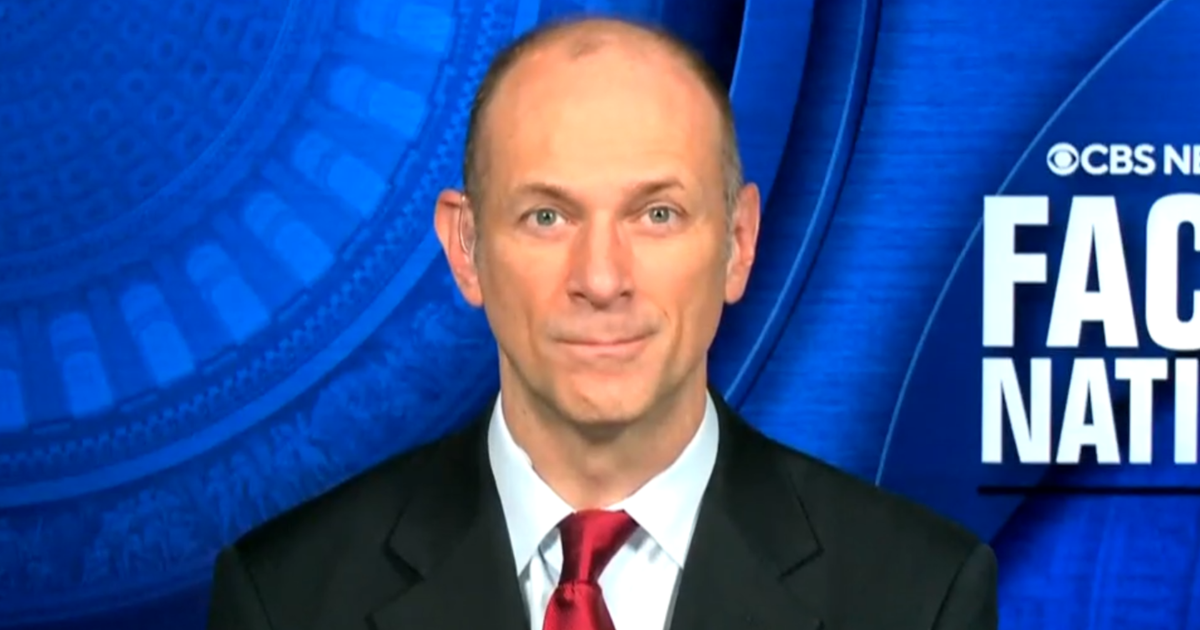Iowans are gearing up to face frigid temperatures on Monday as they participate in the first test of support for Republican presidential hopefuls. However, this process, known as caucusing, is distinct from traditional elections and is organized and run by Iowa’s Democratic and Republican parties, rather than the state government.
During the caucus, participating Republican voters must first check in with precinct workers to verify their eligibility. Only registered Republicans can participate, but party rules allow unregistered voters, Democrats, and independents to register or switch their party affiliation on-site.
Once checked in, caucusgoers will elect a chair and secretary to oversee the event. Supporters of each candidate will then have the opportunity to make pitches to persuade their peers to support their preferred candidates.
Following the speeches, participants will cast their secret ballots, which will be tallied by workers at each caucus precinct. The results will then be reported to the state party, typically within a few hours.
While Republicans will be voting for their preferred presidential nominee, Iowa Democrats will hold caucuses to elect county delegates and conduct other party business. Their presidential nominating contest will take place through a mail-in process. Democrats can request a ballot online until February 19, and the deadline to mail them back is March 5. The results will be tabulated at that time.
The caucuses will officially commence at 7 p.m. Central time, although doors to caucus precincts may open as early as two hours prior. Participants are encouraged to arrive early to ensure they have enough time to check in before the caucus begins.
With over 1,600 locations available, Iowans have numerous options to participate in the caucuses. Republicans can find their nearest precinct by selecting their county on the Iowa GOP website. Democrats, on the other hand, can locate their caucus site by checking their regular voting precinct on the Iowa secretary of state’s website and cross-referencing it with a spreadsheet compiled by the state party.
It’s important to note that Republicans who cannot attend a caucus in person will not have the option to participate remotely or by mail. However, Democrats have the opportunity to caucus by mail.
To participate in the caucuses, Iowans must be 18 years old by the November election. This means that 17-year-olds with birthdays before November 5 can take part. Caucusgoers should remember to bring identification, such as a driver’s license or passport, as well as documents proving their Iowa residency if they need to register or switch their party affiliation. Those unsure of their voter registration status can check on the Iowa secretary of state’s website.
Disclaimer: Only the headline and content of this report may have been reworked by Newsearay, staff; the rest of the content is auto-generated from a syndicated feed. The Article was originally published onpolitics/iowa-caucus-vote-how-where-when.html”> Source link



